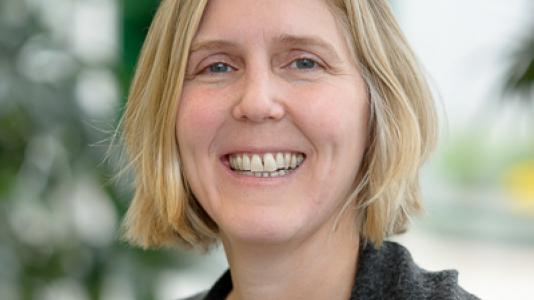Science in the 1000 most common words: nuclear engineering & Dark Matter

Lisa Goodenough, astrophysicist
There is about 5 times as much Dark Matter as normal matter around. We do not have any idea what Dark Matter is, even though people have been looking for Dark Matter for many years. We are working on a new way to look for Dark Matter. Dark Matter is flying around, so we hope to learn something about it by watching it hit normal matter.
We are in the early part of our work. We have built a small looking thing for learning about Dark Matter. The idea is that when dark matter enters into our looking thing, things happen that tell us something about how heavy the Dark Matter is and what direction the Dark Matter came from. Our looking thing has many parts. It has a ball filled with air-like stuff that the Dark Matter can hit. When the Dark Matter hits the normal matter stuff in the ball, it can make light or other signs. The human eye cannot see the light that is made, so our looking thing has a part that can see the light. We have other parts that see the other signs that the Dark Matter is there.
Right now, we are trying to understand how our looking thing acts. Once we understand it, we can make a bigger looking thing. We need a very big looking thing to search for Dark Matter, because it does not hit normal matter very often.
Learn more about Argonne’s work on the South Pole Telescope
David Jaluvka, nuclear engineer
Our team deals with boxes, which make it possible to study different stuff and to make new stuff when needed, like to help when people are sick or explain how new bigger boxes need to be built that make power. This is possible thanks to many small balls inside, which can fly easily through stuff or can change stuff by hitting the other, different small balls the stuff is made of. The box needs stuff which makes more flying balls. Let’s call that the box’s food.
There are hundreds of the boxes we work with around the world. Many of them use a type of food, which is considered good. But some of them use another type of food, which may be better for the box but may cause serious problems when bad people take it and try to hurt other people with it.
We try to find a way how to avoid using the “bad” stuff in the boxes by changing it for “good” stuff, which can’t be used by the bad people as easily. However, it is not easy to make this change, because the boxes make more flying balls when eating the bad food. We have to think and study a lot, consider different ideas, ask and answer many questions, draw many pictures, write many books, and deal with many problems to be able to offer the right good food for a given box. It has to look the same, act the same, and make nearly the same number of the small flying balls as the bad food.
Learn more about the Argonne Nuclear Engineering division’s work on converting nuclear reactors »
Argonne National Laboratory seeks solutions to pressing national problems in science and technology. The nation’s first national laboratory, Argonne conducts leading-edge basic and applied scientific research in virtually every scientific discipline. Argonne researchers work closely with researchers from hundreds of companies, universities, and federal, state and municipal agencies to help them solve their specific problems, advance America’s scientific leadership and prepare the nation for a better future. With employees from more than 60 nations, Argonne is managed by UChicago Argonne, LLC for the U.S. Department of Energy’s Office of Science.
The U.S. Department of Energy’s Office of Science is the single largest supporter of basic research in the physical sciences in the United States and is working to address some of the most pressing challenges of our time. For more information, visit the Office of Science website.
